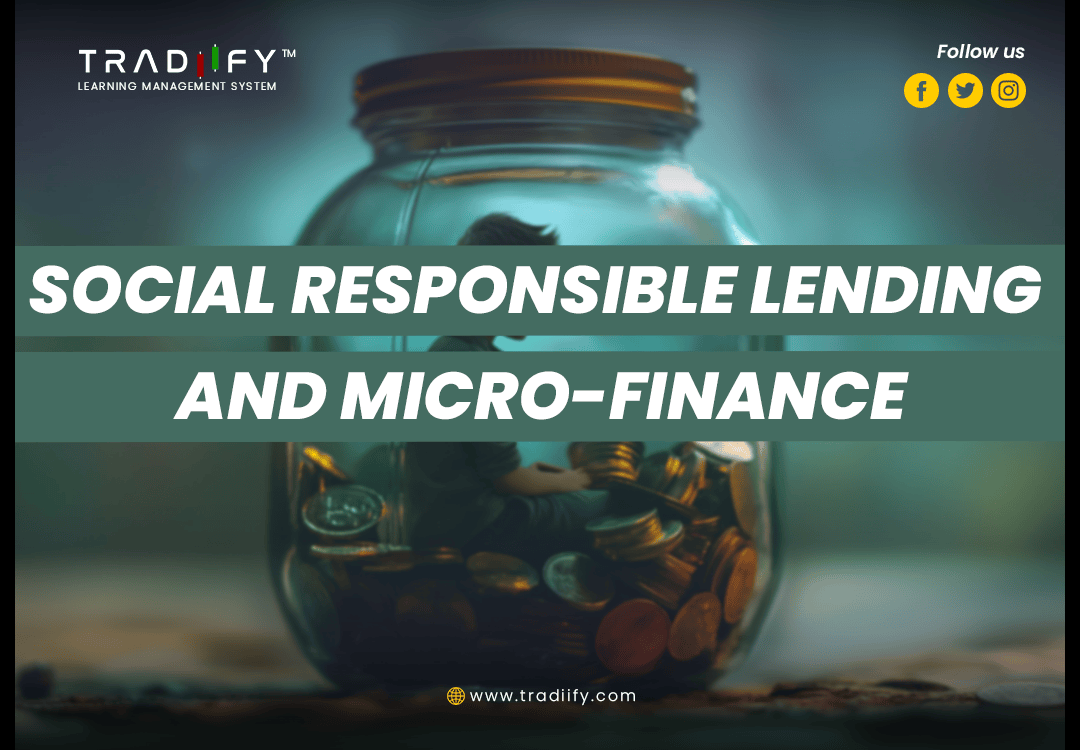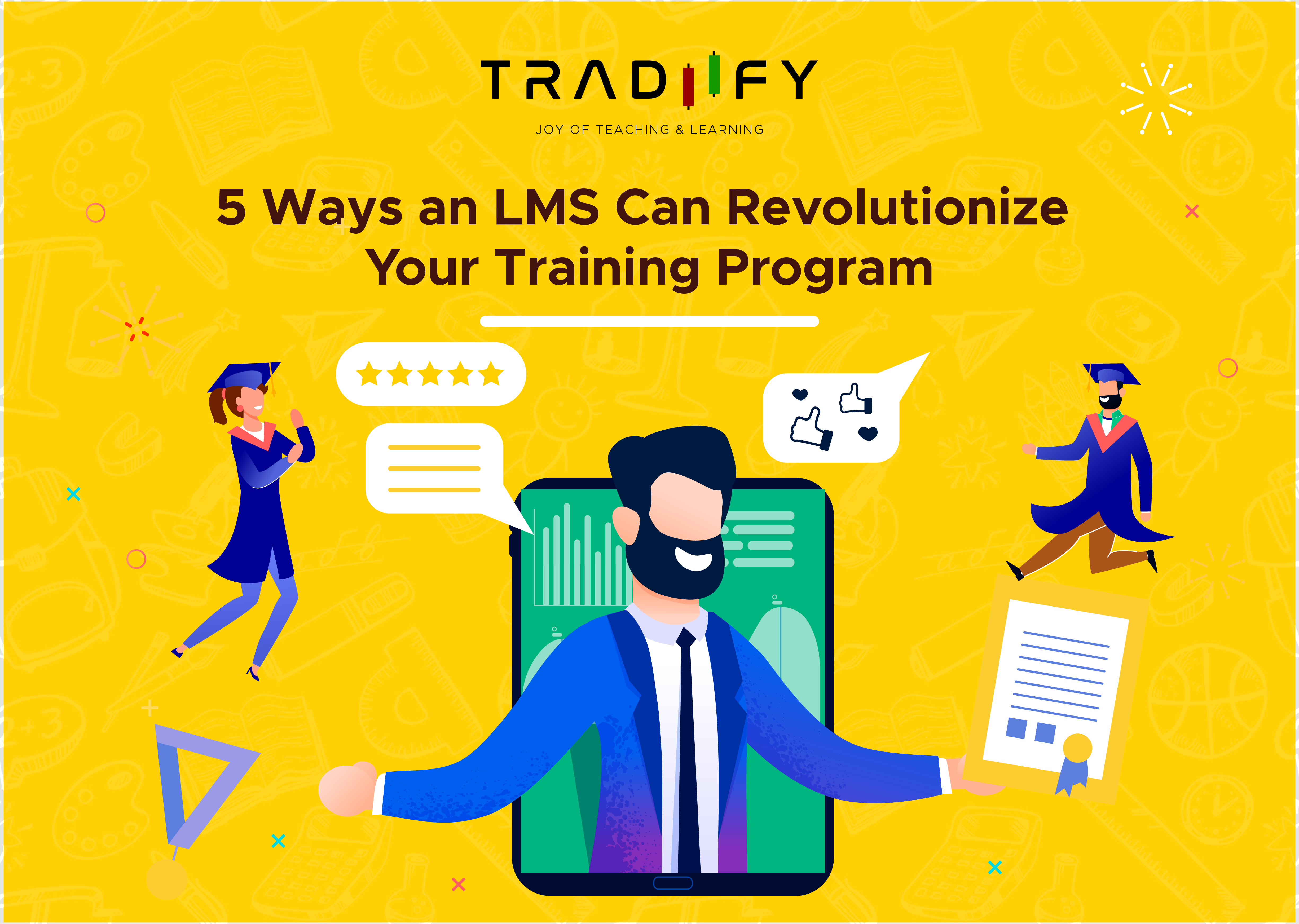
In many parts of the world, traditional banks and lending institutions turn away borrowers who lack credit history, collateral, or a steady income. This gap leaves countless individuals—often in rural or marginalized communities—without the financial tools they need to start or expand a small business, fund education, or cover unexpected medical expenses. Socially responsible lending and microfinance aim to fill this gap by offering fair, accessible financial services that also promote social and economic development. Instead of focusing solely on profit margins, these models prioritize the well-being of borrowers, community growth, and long-term sustainability.
What Is Socially Responsible Lending?
Socially responsible lending involves a set of principles that guide lenders to act in the best interest of both the borrower and the broader community. Whether the organization is a non-profit, a socially focused bank, or a specialized microfinance institution, the core idea is to balance profitability with social impact.
Some institutions choose to keep interest rates low to ensure borrowers can repay loans without spiraling into debt. Others use a “double bottom line” approach, which measures success by financial performance and positive social outcomes—like reduced poverty levels or higher rates of education. In essence, this kind of lending looks beyond numbers on a balance sheet, aiming to create a ripple effect that improves the quality of life for entire regions.
The Rise of Microfinance
Microfinance is one of the most significant tools in socially responsible lending. It provides small loans—often just a few hundred dollars—to individuals who don’t qualify for traditional credit lines. Started on a larger scale by institutions like Grameen Bank in Bangladesh, microfinance became a global movement in the late 20th century.
The beauty of these tiny loans is that they can spark big changes. Take a seamstress in a rural village who needs capital to purchase a sewing machine or a farmer requiring funds to buy better seeds. A small loan can help them grow a business, expand a customer base, or diversify products. As these entrepreneurs thrive, they contribute to local economies by creating jobs and increasing demand for goods and services.
How It Works
1. Group Lending Model
Many microfinance institutions use group lending, where a small community of borrowers (often neighbors or friends) collectively guarantees each other’s loans. If one member struggles to make payments, the group helps out. This fosters accountability, support, and social cohesion.
2. Individual Lending
Some programs also offer individual loans for more experienced borrowers. The lender assesses factors like character references, payment history, and the viability of the borrower’s venture. Though slightly riskier than group lending, it provides flexibility and privacy for entrepreneurs who need tailored financial support.
3. Complementary Services
In addition to loans, microfinance institutions may provide training in financial literacy, marketing, and basic bookkeeping. The goal is to equip borrowers with the skills they need to succeed. Some organizations even offer health insurance or emergency funds, recognizing that unexpected setbacks (like illnesses or natural disasters) can derail a small enterprise and trap families in debt.
The Social Impact
Unlike traditional banks that primarily target middle- and high-income populations, microfinance reaches people on the outskirts of the economic system. By empowering borrowers who lack conventional financial tools, these programs help families break out of poverty and create more resilient communities. Children whose parents run successful small businesses might have a better chance at consistent education. Households that once struggled to meet basic needs can now plan for the future and even save a bit of money.
Moreover, microfinance often places a special focus on women entrepreneurs, who historically face greater financial barriers and social constraints. Providing women with access to capital can trigger a cascade of positive effects, as they’re more likely to invest in their children’s nutrition, education, and health. That, in turn, boosts overall community well-being.
The Challenges
Socially responsible lending and microfinance aren’t without hurdles. Some microfinance institutions face criticism for charging higher-than-expected interest rates, partly due to the operational costs of serving remote areas. Even so, these rates often remain below the exorbitant fees charged by local moneylenders. Transparency is key: borrowers should understand interest rates, payment schedules, and any fees involved.
Another challenge is the risk of borrower over-indebtedness. With multiple institutions entering the market, some individuals might juggle multiple loans at once. To counter this, robust underwriting criteria and borrower education programs are critical. Lenders must ensure that the money they lend truly benefits the borrower, rather than pushing them into a cycle of debt.
Looking Ahead
Despite the challenges, socially responsible lending and microfinance continue to gain global traction, particularly in regions with limited access to traditional financial services. As technology evolves, many organizations are leveraging mobile banking and digital platforms to reach more borrowers at a lower cost. Fintech innovations—like peer-to-peer lending platforms—are further widening the pool of socially conscious investors who want to see their money make a tangible difference.
The future of these efforts will likely hinge on collaboration. Governments, NGOs, and private sector players all have roles to play in building frameworks that protect borrowers, promote fair competition, and foster sustainable growth. When done correctly, socially responsible lending can bring long-term stability to communities and accelerate economic development without forsaking ethical principles.
Conclusion
Socially responsible lending and microfinance stand as compelling alternatives to traditional banking, especially for individuals and communities often overlooked by mainstream financial institutions. Their impact goes beyond simple transactions, touching on issues like gender equity, community development, and long-term economic sustainability. By striking a balance between financial viability and social good, these models illuminate a path where profit can coexist with positive change—one small loan at a time.
Comments (0)
Categories
Recent posts


Getting Started with Tradiify LMS: A ...
1 Aug 2024
5 Ways an LMS Can Revolutionize Your ...
1 Aug 2024.jpg)
How Tradiify LMS Supports Continuous ...
1 Aug 2024




